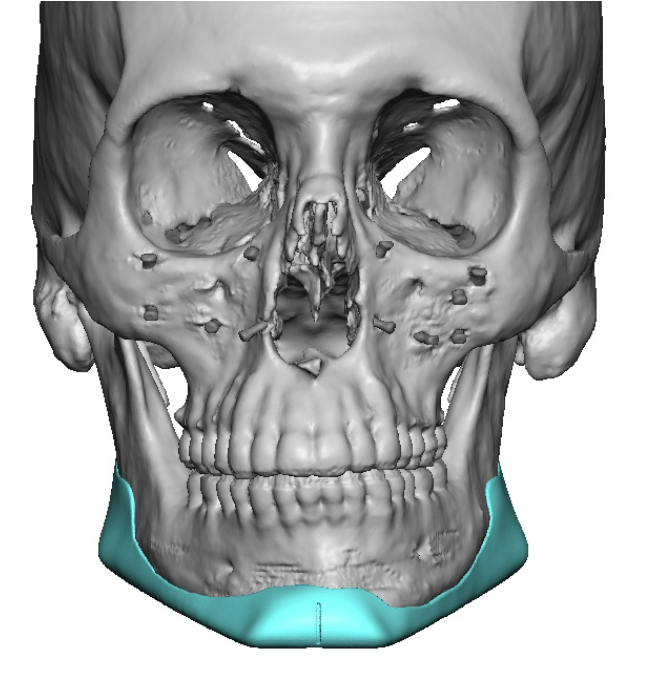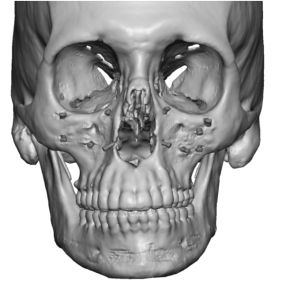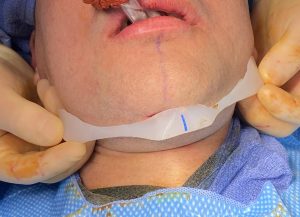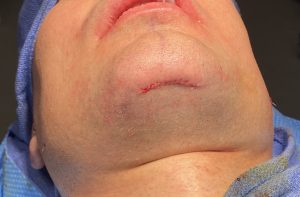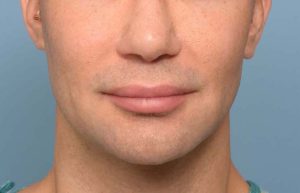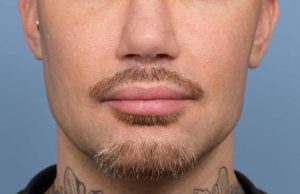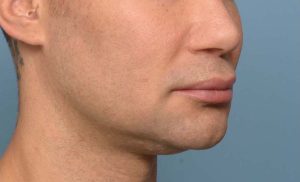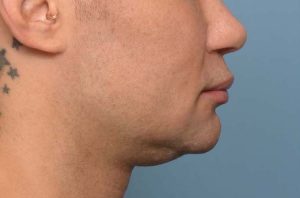Background: Jaw augmentation is the most frequented form of aesthetic facial augmentation. While chin augmentation has been around for a long time more recent focus has been on improving the shape of the entire jawline including the jaw angles. Standard chin and jaw angle implants exist, and they have their role, but the gold standard is now a custom jawline implant. With a wrap around inferolateral border augmentation effect the lower third of the face can be augmented in a complete 3D manner.
Standard implants and traditional jaw augmentation is done as a 2D change affecting horizontal chin projection and lateral jaw angle widths. But some patients have a vertical lower third of the face deficiency which is often under diagnosed because there is no commonly known option to treat it. This is where the custom jawline implant approach shines. It can be designed, and often is, to add a vertical dimension to the jawline making it the only 3D jaw augmentation option.
The lower face that has a vertical jawline deficiency can be spotted just by looking at the facial thirds. The vertically short lower jaw appears small but the chin is not particularly horizontally short. The chin can appear almost compressed with a prominent soft tissue chin pad and a deep labiomental fold. The midface may look long and the nose may appear over sized. There may or may not be a significant dental over bite. But these clinical findings aside computer imaging is needed to show the patient various types of jaw augmentation changes so they can see if vertical jaw lengthening is aesthetically beneficial.
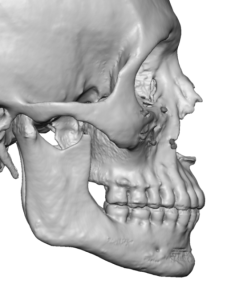
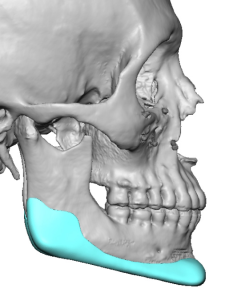
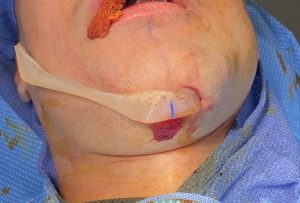
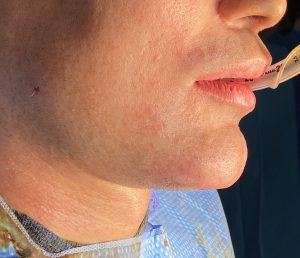
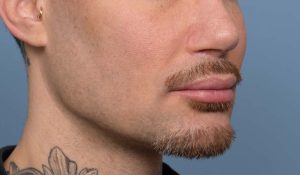
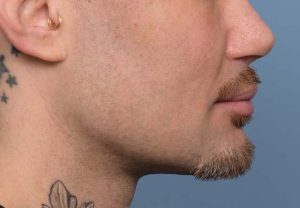
Why does a wrap around. jawline implant improve the shape of the neck? As the inferolateral border of the jawline is expanded it extends into the neck and recruits soft tissue around it. While this occurs in all wrap around jaw implants its effect is magnified in any implant design that adds vertical lengthening as it extends into the neck tissues the most.
Key Points:
1) Small lower jaws may have more a significant vertical deficiency than horizontal or width deficiency which is often under diagnosed and treated.
2) Only a custom jawline implant can vertically lengthen the entire lower jaw in a controlled manner.
3) A custom jawline implant that adds vertical length along the inferior border provides the greatest neck contouring improvement.
Dr. Barry Eppley
World-Renowned Plastic Surgeon

